Research is needed on early life stages, large-scale production, broodstock holding
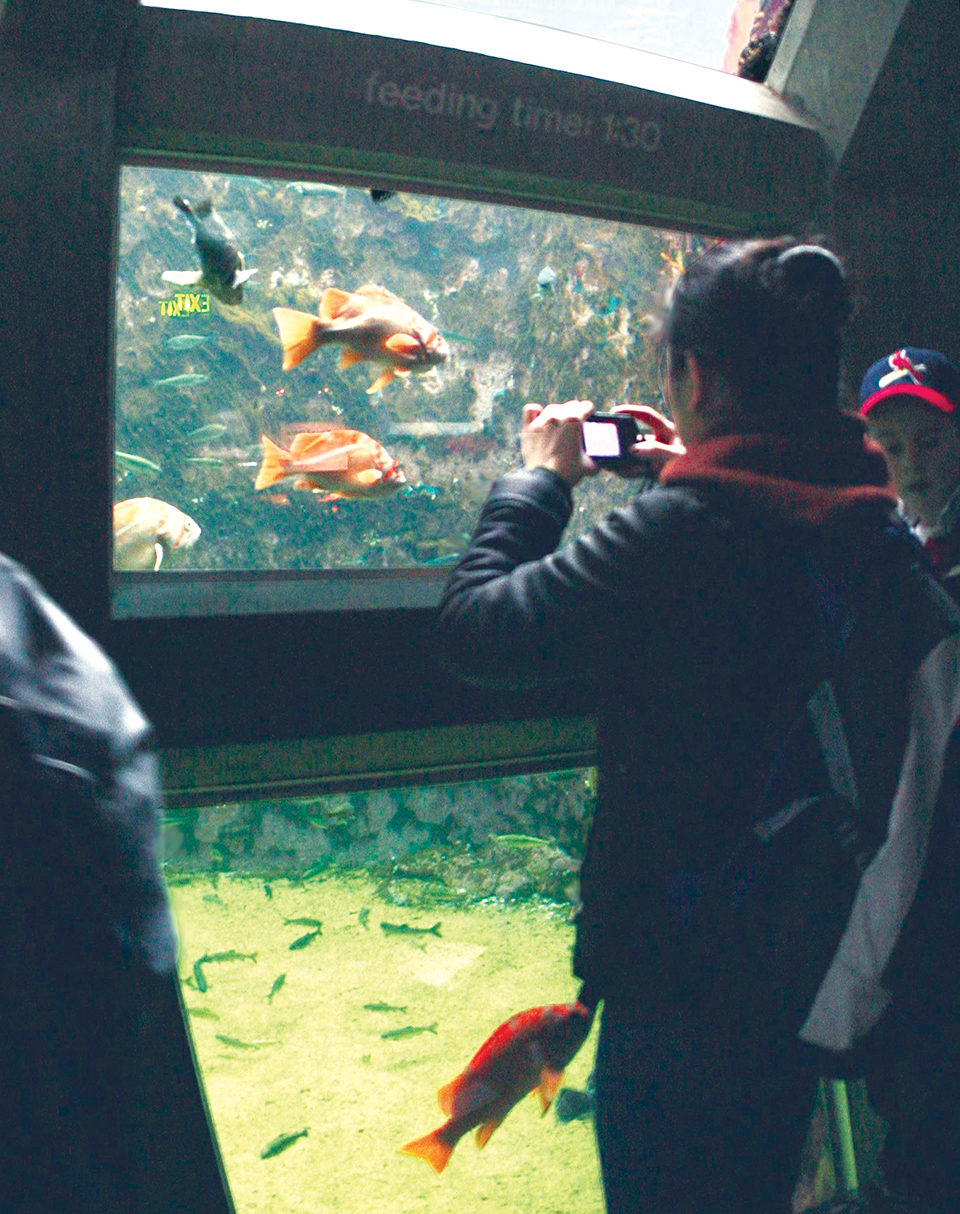
Commercial aquaculture of the Korean rockfish (Sebastes shlegeli) has been successfully under way in Japan and Korea since the early 1990s, and more recently in China. Years of larviculture research has resulted in efficient, intensive production of juveniles for grow-out. In 2003, Korea produced approximately 23,500 metric tons (MT) of rockfish. The country cultures twice the weight of its capture rockfish fishery.
With flavor and flaky texture similar to those of snappers, rockfish fillets are popular among consumers in the United States. Subadult rockfish are gaining popularity in live fish markets because of their bright colors and interesting patterns. Such traits, in combination with the need for supplementation of wild stocks, support the potential development of rockfish culture in the United States.
Rockfish in U.S. waters
Sebastes sp. rockfish are common throughout the northern Pacific United States. Individuals of some species are solitary, whereas others form schools of various sizes. Rockfish are spiny and colorful, and thrive in a variety of habitats.
Many rockfish are long-lived. For some species, it can take 10 years or more for females to become reproductively mature. A yelloweye rockfish weighing 13.6 kg could be close to 100 years old. In contrast, a chinook salmon weighing 34 kg can be as young as 5 years old.
Yelloweye, canary rockfish
Because yelloweye and canary rockfish are particularly large and colorful, they have been popular sport and commercial fish in Puget Sound and on the U.S. West Coast. However, the days of filling the boat with rockfish are over. Popularity has led to severe reductions in populations and subsequent fishing restrictions and closures. In 2005, the sport fishery for canary and yelloweye rockfish in Puget Sound was closed.
Even if directed fishing pressure was eliminated, yelloweye and canary rockfish populations could take several decades to rebuild. To aid in recovery, rebuilding with cultured juveniles has been suggested.
Aquaculture potential
Research at the Resource Enhancement and Utilization Technologies Division of the Northwest Fisheries Science Center in Seattle and Manchester, Washington, USA, in collaboration with Hubbs-Sea World Research Institute in San Diego, California, USA, is currently evaluating the potential for rockfish aquaculture by developing methods for broodstock maintenance, spawning, and larval and juvenile grow-out. Evaluation of the potential for rebuilding wild spawning stocks with cultured fish is another goal.
Rockfish larvae
Rockfish are viviparous – the embryos develop inside females and are released as nearly developed larvae. Some species produce up to a million larvae a year. Larvae typically have a small endogenous food reserve and begin exogenous feeding within a week of release.
Rockfish larvae and juveniles have three major early developmental stages: first feeding to flexion, when the tail forms; flexion to metamorphosis, when head spines and fin rays emerge; and settlement, when feeding behaviors change from pelagic hunting to substrate-associated opportunism. All three stages are bottlenecks associated with high mortality in hatcheries.
Broodstock, larval rearing
The Northwest Fisheries Science Center is fortunate to have an ongoing exchange with the Seattle Aquarium, which provides pregnant rockfish females. In return, the center provides the aquarium with small juveniles, which are difficult to obtain in large numbers from the wild.
Spawning rockfish require a large volume of water to perform an elaborate mating behavior that involves ascending and descending together in the water column prior to copulation. This spawning behavior is possible in the 1,500-cubic-meter Pacific Northwest underwater dome exhibit at the Seattle Aquarium. Some nine rockfish species have spawned there.
Rearing of rockfish at the marine facility in Manchester has been done in floating “mesocosm” bags that are 1.8 meters in diameter and 4.8 meters deep. Tanks smaller than 250 liters proved too small in earlier rearing attempts.
The rockfish larvae are fed a combination of wild-collected zooplankton, cultured rotifers, and artemia nauplii. Initially, rotifers enriched with a commercial product are fed to the larvae. After 5 to 30 days, depending on species, the larvae are switched to enriched artemia nauplii. Automatic feeders supply the rotifers or artemia every two to four hours around the clock.
The postflexion larvae of China, copper, and yelloweye rockfish feed aggressively on artemia nauplii concentrated around light sources, where they “ram” the nauplii at high speeds. Staff have taken advantage of this behavior by dispensing artificial diets under narrow light directed into the tanks. Yelloweye rockfish near metamorphosis at 45 days post-release readily wean to artificial diets using this technique.
Juvenile production
The marine facility at Manchester successfully reared the first brown rockfish larvae in 2000, and produced approximately 200 juveniles. It then reared the first yelloweye rockfish in 2002. The following year saw 12 yelloweye juveniles and several juvenile China rockfish. Most of the fish were donated to the Seattle Aquarium for public display.
In 2005, the Northwest Fisheries Science Center reared the first tiger rockfish to the juvenile stage. It also produced over 800 brown rockfish, four yelloweye rockfish, and 130 tiger rockfish.
Larvae shipping
Several trials were conducted to determine if rockfish larvae can be shipped. Shipping could aid in both research and locating future hatcheries. The ability to ship larvae from hatcheries to other facilities for grow-out would be useful because, so far, broodstock for most rockfish species are difficult and expensive to maintain.
The trials found that expressed larvae did not ship well, although additional shipping trials are ongoing. The highest overnight survival resulted when larvae were shipped at a density of 1 larvae per milliliter in 400-ml plastic “breather bags.”
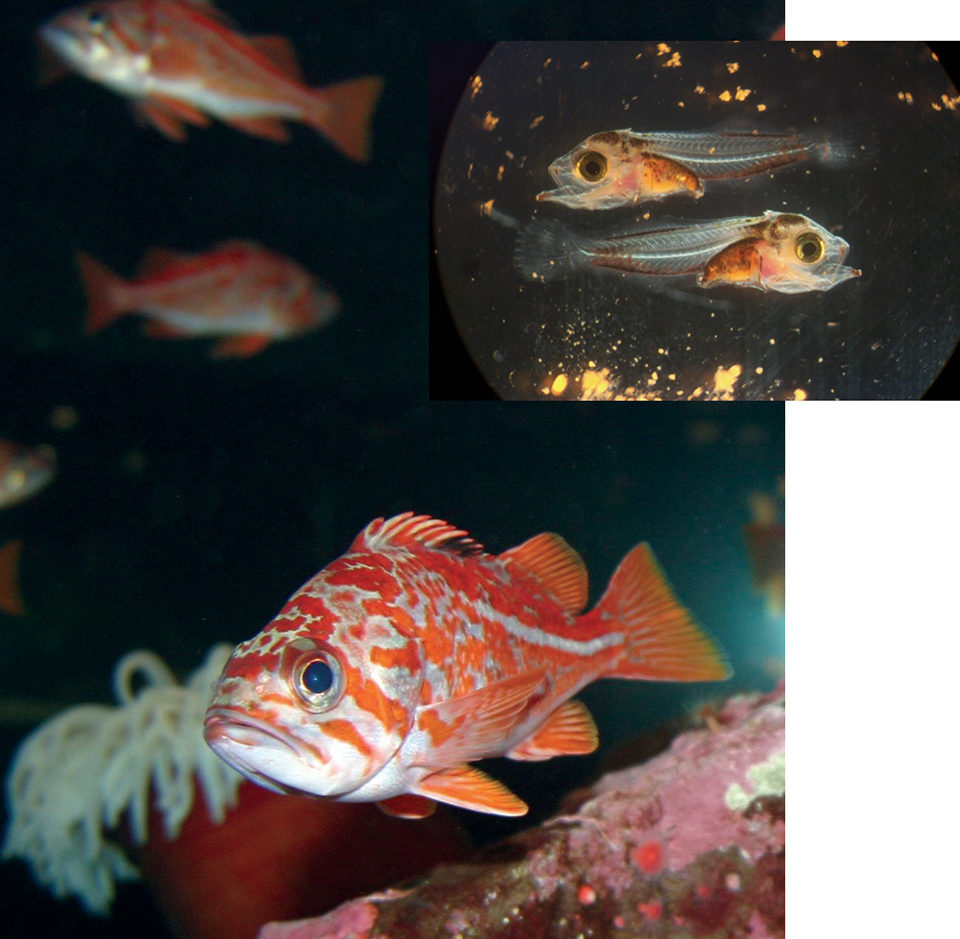
Nutrition studies
Studies on developmental rockfish physiology focus on the cycle of nutrient transport by the gastrointestinal tract. Small peptide absorption by the low-specificity intestinal peptide transporter pept1 is considered the primary means for amino acid uptake in mammals.
Estimates of pept1 expression in China and yelloweye rockfish intestinal tissues were obtained using polymerase chain reaction analysis with primers based on the pept1 partial sequence of both species. It was determined that pept1 is expressed prior to the onset of exogenous feeding and continues to be expressed throughout larval development. This information will help in developing dry diets formulated specifically for rockfish larvae.
In addition, comprehensive photo documentation of larval development for all of the rockfish species cultured will help evaluate larval health and growth from year to year.
Future development
While it is now possible to raise several rockfish species in captivity, much more detailed information is needed for successful commercial or conservation aquaculture to occur. Research is particularly needed on most aspects of the early life stages, large-scale production systems, and broodstock-holding requirements.
(Editor’s Note: This article was originally published in the April/May 2006 print edition of the Global Aquaculture Advocate.)
Now that you've reached the end of the article ...
… please consider supporting GSA’s mission to advance responsible seafood practices through education, advocacy and third-party assurances. The Advocate aims to document the evolution of responsible seafood practices and share the expansive knowledge of our vast network of contributors.
By becoming a Global Seafood Alliance member, you’re ensuring that all of the pre-competitive work we do through member benefits, resources and events can continue. Individual membership costs just $50 a year.
Not a GSA member? Join us.
Authors
-
Matthew A. Cook
University of Idaho
Aquaculture Research Institute
Hagerman Fish Culture Experiment Station
3059 F National Fish Hatchery Road
Hagerman, Idaho 83332 USA -
Jon J. Amberg, M.S.
University of Idaho
Aquaculture Research Institute
Hagerman Fish Culture Experiment Station
3059 F National Fish Hatchery Road
Hagerman, Idaho 83332 USA -
Tom Wade
University of Idaho
Aquaculture Research Institute
Hagerman Fish Culture Experiment Station
3059 F National Fish Hatchery Road
Hagerman, Idaho 83332 USA -
Mark Tagal
Hubbs – SeaWorld Research Institute
San Diego, California, USA -
Michael B. Rust, Ph.D.
Northwest Fisheries Science Center
National Oceanic and Atmospheric Administration
Seattle, Washington, USA -
Kenneth Massee
Northwest Fisheries Science Center
National Oceanic and Atmospheric Administration
Seattle, Washington, USA
Tagged With
Related Posts
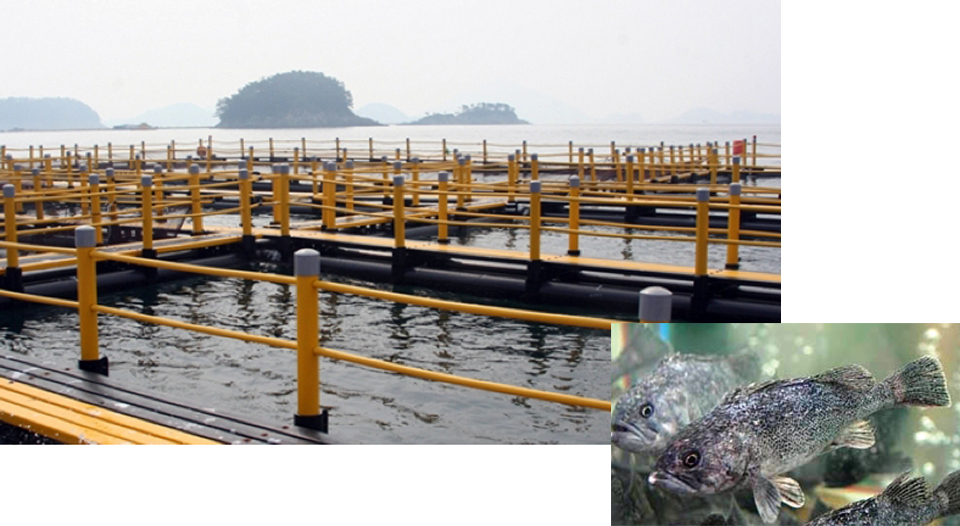
Responsibility
Korean rockfish production
Hatcheries produce Korean rockfish seedlings in indoor tanks for sorting and grading. The fish grow well at relatively low water temperatures in net cages.
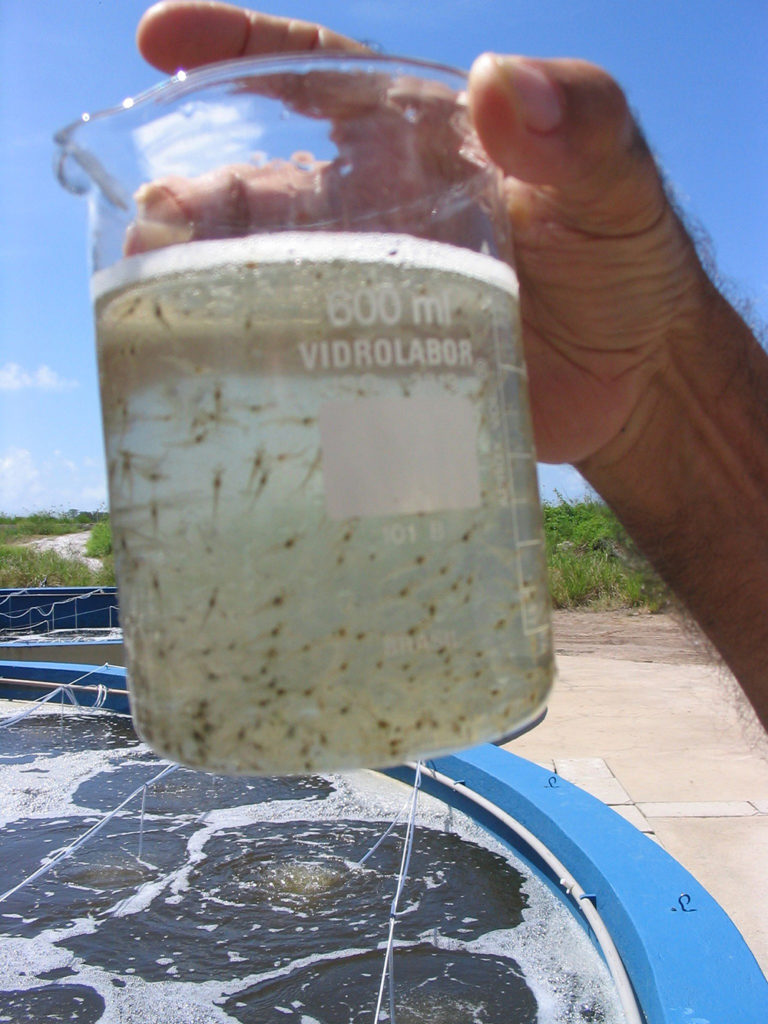
Health & Welfare
A study of Zoea-2 Syndrome in hatcheries in India, part 2
Indian shrimp hatcheries have experienced larval mortality in the zoea-2 stage, with molt deterioration and resulting in heavy mortality. Authors considered biotic and abiotic factors. Part 2 describes results of their study.
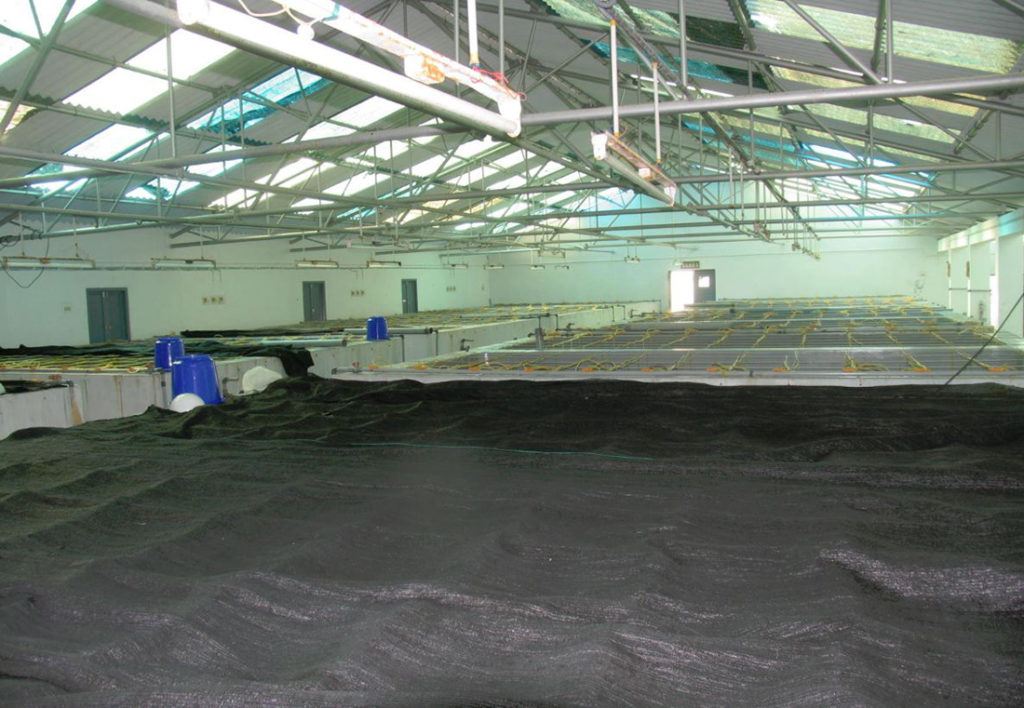
Health & Welfare
A study of Zoea-2 Syndrome in hatcheries in India, part 3
In this third and final part, authors present recommendations to help reduce the incidence of Zoea-2 Syndrome, which is not caused by any known infectious agents in P. vannamei hatcheries in India.
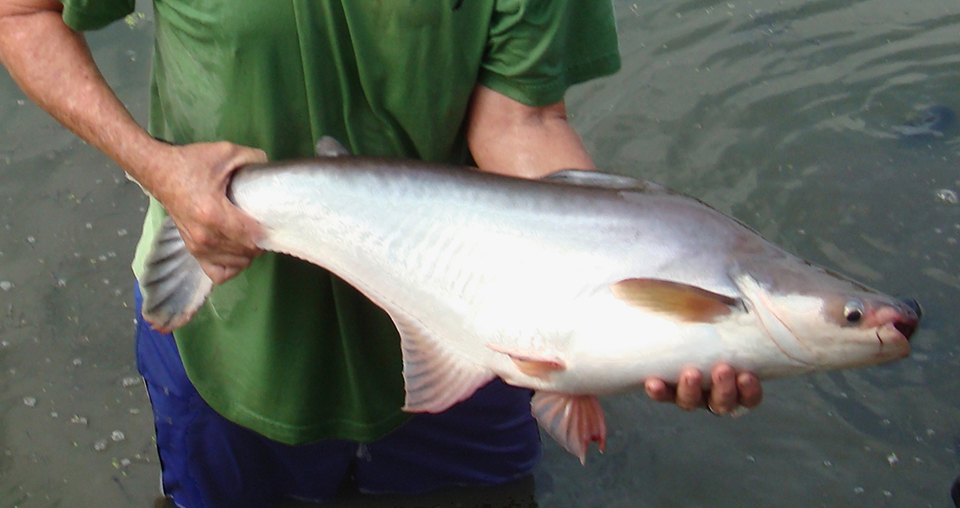
Health & Welfare
Advances in fish hatchery management
Advances in fish hatchery management – particularly in the areas of brood management and induced spawning – have helped establish aquaculture for multiple species.


